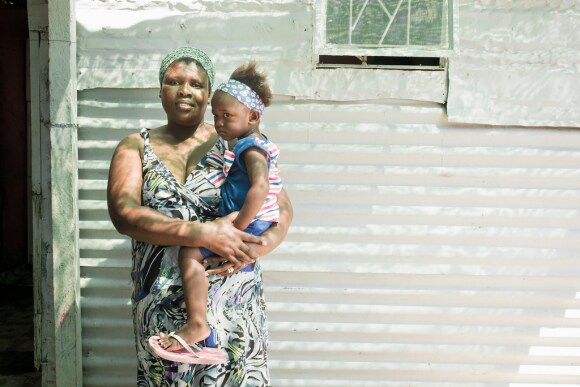Individuals can support recipients online. But GiveDirectly has also attracted large-scale donors such as Good Ventures, Google and the UBS Optimus Foundation.
On the GiveDirectly website, you can read testimonies from the numerous recipients. They are often asked what the biggest differences in their lives have been. Most mention that, for perhaps the first time in their lives, they feel peace and relief.
I will come up with a strategy to ensure my daughter finishes school. This will bring peace in my mind. Peace is what I have been praying for in my life more than anything else.


